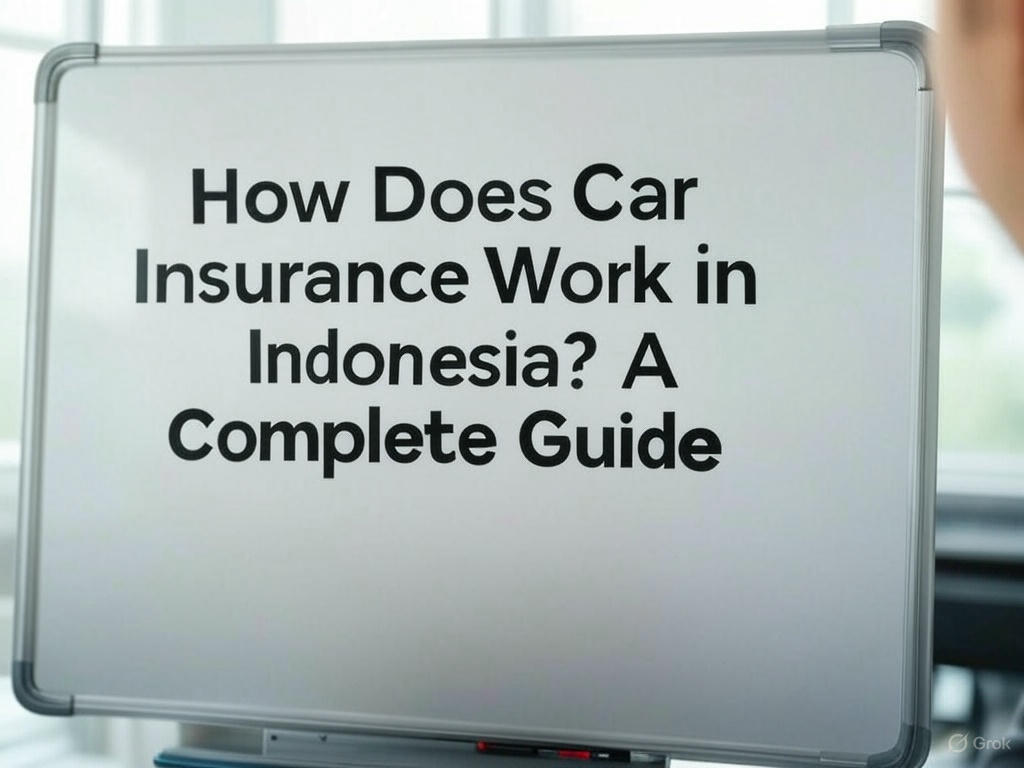Owning a vehicle in Indonesia comes with responsibilities, including financial protection against unexpected incidents. Whether it’s minor repairs or significant damages, having the right coverage can help drivers manage risks effectively. But how does the system work, and what should policyholders know before choosing a plan?
Car Insurance in Indonesia provides financial security by covering repair costs, liabilities, and other expenses in case of an accident. Understanding the options available, coverage limits, and claim procedures can help vehicle owners make informed decisions. This guide breaks down everything you need to know about obtaining the right protection for your vehicle.
Types of Coverage Available
There are different coverage options available for vehicle owners, each designed to suit specific needs. Comprehensive coverage protects against damages caused by accidents, theft, fire, and natural disasters. It ensures peace of mind by covering repair or replacement costs.
Third-party liability protection covers damages caused to another person’s property or injuries sustained by others due to an accident. This is a mandatory requirement for vehicle owners to safeguard against financial liability. Additional riders, such as personal accident protection, provide coverage for medical expenses in case of injuries to the driver or passengers.
How Premiums Are Calculated
Premium rates depend on several factors, including the vehicle’s value, age, and type. Newer models or high-end cars often have higher premium rates due to the cost of repairs and replacement parts. The location where the vehicle is registered also influences pricing, as areas with high traffic congestion or accident rates may result in increased costs.
Insurers consider the driver’s history, including past claims and traffic violations, to determine risk levels. Those with a clean driving record may receive lower premiums, while frequent claims or reckless driving can lead to higher costs. Selecting a higher deductible can also reduce premium amounts, though it requires the policyholder to bear more costs in case of a claim.
Claim Process and Documentation
Filing a claim involves notifying the insurer immediately after an incident and providing the necessary documents. These include a police report, photographs of the damages, and a completed claim form. Some providers offer digital claim submission, allowing for faster processing.
Once the documents are reviewed, the insurer assesses the damages and determines the compensation amount. Repairs are typically carried out at authorised workshops to ensure quality service. In cases of total loss, reimbursement is provided based on the vehicle’s insured value.
Additional Benefits and Add-Ons
Many policies come with additional benefits, enhancing the overall coverage. Roadside assistance offers support in case of breakdowns, towing needs, or minor repairs. Some plans include legal assistance to help policyholders handle disputes arising from accidents.
Other add-ons, such as engine protection and flood coverage, are available for those living in areas prone to heavy rainfall. Personal belongings coverage protects against theft or loss of valuables inside the vehicle, adding another layer of financial security.
Exclusions and Limitations
While coverage provides extensive protection, certain exclusions apply. Damages caused by illegal activities, driving without a valid license, or being under the influence of alcohol are not covered. Wear and tear, mechanical failures, and modifications that were not disclosed during policy issuance may also lead to claim rejection.
Policyholders should review the terms and conditions carefully to understand limitations. Some providers offer flexibility in coverage, allowing modifications based on individual needs. Ensuring that all required disclosures are made during the application process can prevent complications during claims.
Car Insurance offers financial protection that ensures peace of mind while driving. Staying informed about policy details, claim processes, and additional coverage options can help vehicle owners maximise their benefits. Choosing a plan that aligns with individual needs ensures seamless protection without unexpected gaps.






